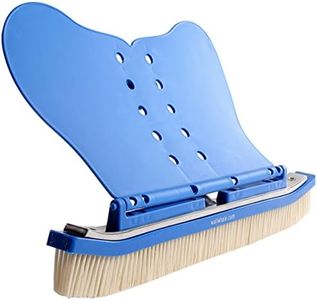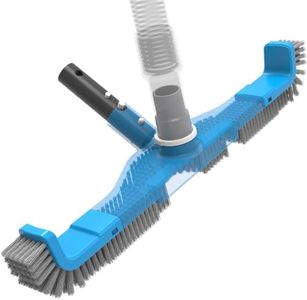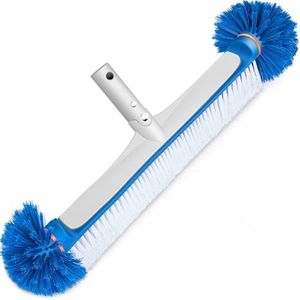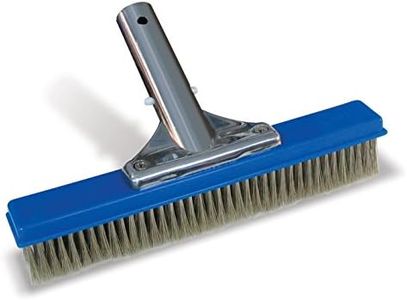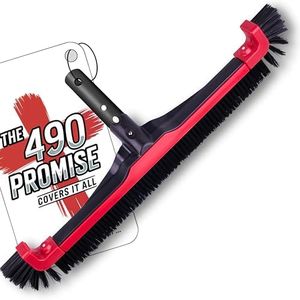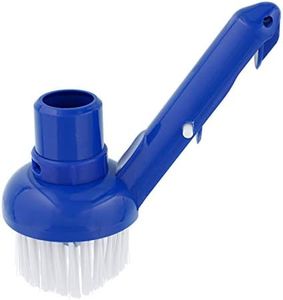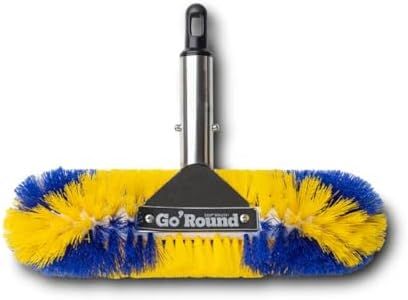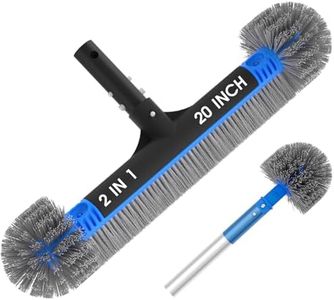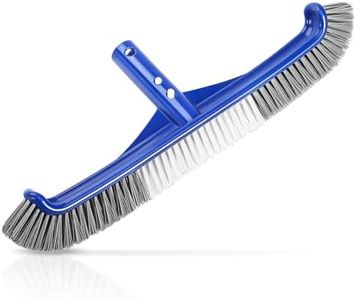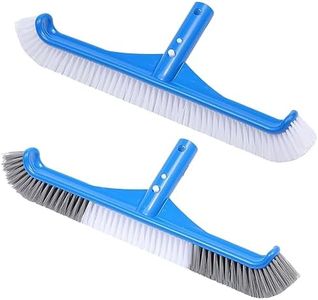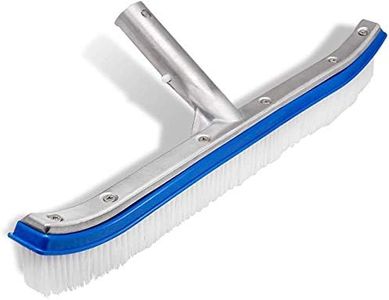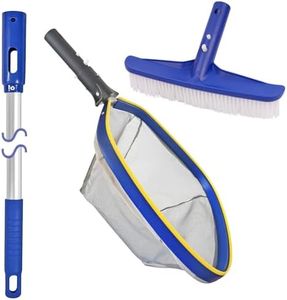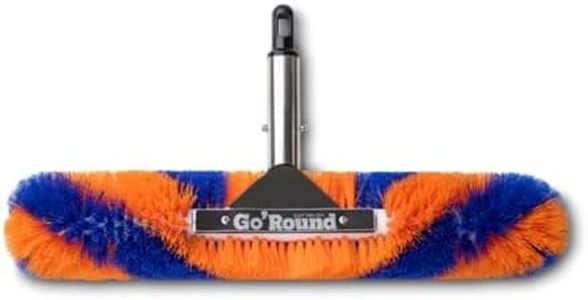We Use CookiesWe use cookies to enhance the security, performance,
functionality and for analytical and promotional activities. By continuing to browse this site you
are agreeing to our privacy policy
10 Best Pool Brushes
From leading brands and best sellers available on the web.Buying Guide for the Best Pool Brushes
Choosing the right pool brush can make cleaning your pool much easier and more effective. It's important to select a brush that suits your pool's surface type and your maintenance needs. A well-chosen brush helps you remove dirt, algae, and other debris without damaging the pool material. Understanding the different brush features will ensure you keep your pool sparkling while making cleaning less of a chore.Bristle MaterialBristle material refers to what the brush's cleaning fibers are made from, commonly nylon, stainless steel, or a combination of both. This spec is important because using the wrong bristle can damage certain pool surfaces or be ineffective for tough cleaning. Nylon bristles are gentle and best for delicate surfaces like vinyl or fiberglass, while stainless steel bristles are tougher and suitable for concrete or gunite pools, handling stubborn algae and stains. Combination brushes have both types for versatility. To pick the right brush, identify your pool’s surface—go soft for delicate finishes and tougher bristles for robust surfaces.
Brush WidthBrush width means how wide the cleaning area of the brush is, measured in inches. This is important because a wider brush covers more area and cleans the pool faster, but it can be harder to maneuver around curves or tight spaces. Brushes usually range from about 10 to 22 inches wide. Smaller widths below 14 inches are best for tight spots, steps, or detail work, medium widths between 14 and 18 inches balance coverage and control, and the widest brushes above 18 inches are great for large, open areas but can feel bulky. Choose a width based on your pool's size and shape and your own comfort with handling bigger tools.
Shape and Edge DesignThe shape and edge design of a pool brush determine how well it can clean corners, steps, and curves. Standard rectangular brushes are good for most surfaces but might miss tight spots, while curved or curved-edge brushes are specially shaped to access corners and pool curves more easily. Some brushes feature a beveled or rounded edge for better access to tricky edges. Think about your pool’s design—if you have many corners, steps, or freeform shapes, opt for a brush designed to reach those areas.
Handle CompatibilityHandle compatibility means what type or size of pole the brush can attach to, which is important for ease of use and reach. Most pool brushes fit standard telescopic poles, but some may have specific attachment systems. Make sure the brush you pick easily attaches to your current pole or a widely available one, so you’re not left scrambling for parts. Consider where and how deeply you’ll need to reach and ensure your handle/pole setup works well with the brush you choose.
DurabilityDurability refers to how well a pool brush holds up with regular use and under exposure to pool chemicals. This is important because a flimsy brush may break, lose bristles, or degrade quickly, leading to more frequent replacements. Brushes with strong, UV-resistant plastic or robust metal backings and quality bristles last longer and withstand tough scrubbing and chemical exposure. If you clean your pool often or have stubborn algae problems, prioritize durability for longer life and reliable performance.
